How to Set Seasonal Goals That Actually Stick
Why Seasonal Goals Work Better Than Resolutions
If you’ve ever set a New Year’s resolution and lost momentum by February, you’re not alone. Year-long goals often feel overwhelming because so much can change in twelve months. Instead of locking yourself into one big resolution, try setting seasonal goals. Each new season becomes a natural checkpoint, giving you built-in opportunities to reflect, reset, and realign with what matters most.
Seasonal goals aren’t about perfection. They’re about creating small, meaningful shifts that add up over time.
Step 1: Reflect on the Last Season
Before you set new intentions, take a few minutes to review the season that just ended. Ask yourself:
-
What habits or routines worked well?
-
What challenges kept popping up?
-
What did I enjoy most?
Jot these reflections in your planner’s notes pages or vision board section. This step helps you carry forward what’s working and gently release what isn’t.
Step 2: Pick 1–3 Seasonal Goals
The key is keeping it manageable. Instead of a long list, focus on just one to three meaningful goals. These should feel inspiring but realistic. Examples:
-
Fall: “Take one new class” or “Plan three cozy family nights.”
-
Summer: “Prioritize morning walks” or “Read two fun novels.”
The smaller your list, the more likely you’ll actually follow through.
Step 3: Break Them Into Steps in Your Planner
Big goals become doable when broken into smaller actions. Use your monthly spreads to outline milestones and your weekly layouts to plan specific steps.
Example: If your seasonal goal is “Declutter my home this spring,” your planner might include:
-
Week 1 → Tackle the closet
-
Week 2 → Clear the pantry
-
Week 3 → Sort old papers
Step 4: Add Visual Reminders
Keeping your goals visible helps keep them top of mind. Try:
-
Color coding your seasonal goals in your planner
-
Using stickers or washi tape as markers
-
Creating a mini dashboard or vision board for each season
These little cues act as built-in motivation boosters every time you open your planner.
Step 5: Celebrate & Reset Each Season
At the end of every season, celebrate your progress... big or small. Cross off what you accomplished, note lessons learned, and write down highlights. Then, give yourself permission to reset with fresh goals for the next season.
Examples of Seasonal Goal Themes
Need some inspiration? Here are a few seasonal themes you could adapt:
-
Winter: Rest, cozy routines, inner reflection
-
Spring: Growth, decluttering, new beginnings
-
Summer: Adventure, balance, fun memories
-
Fall: Learning, reflection, grounding habits
How Bloom Planners Can Help
Bloom planners are designed to support check-ins year-round. Use:
-
Monthly spreads → to track milestones
-
Vision boards → to map seasonal intentions
-
Habit trackers → to stay consistent
-
Vertical or horizontal weekly layouts → to break down goals into actionable steps
Seasonal goals give you progress without the pressure. By reflecting, setting intentions, and resetting every three months, you’ll find yourself living more intentionally, without waiting for January 1st to roll around. If you need some fun stickers to inspire your seasonal goals and bucket list check out bloom's newest sticker pack here.
- the bloom team


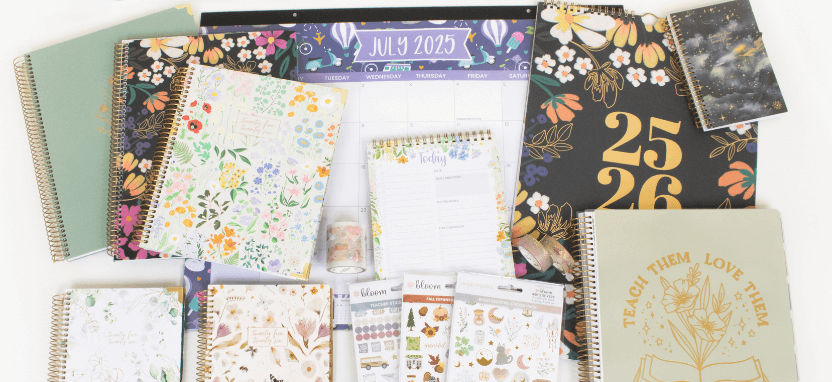
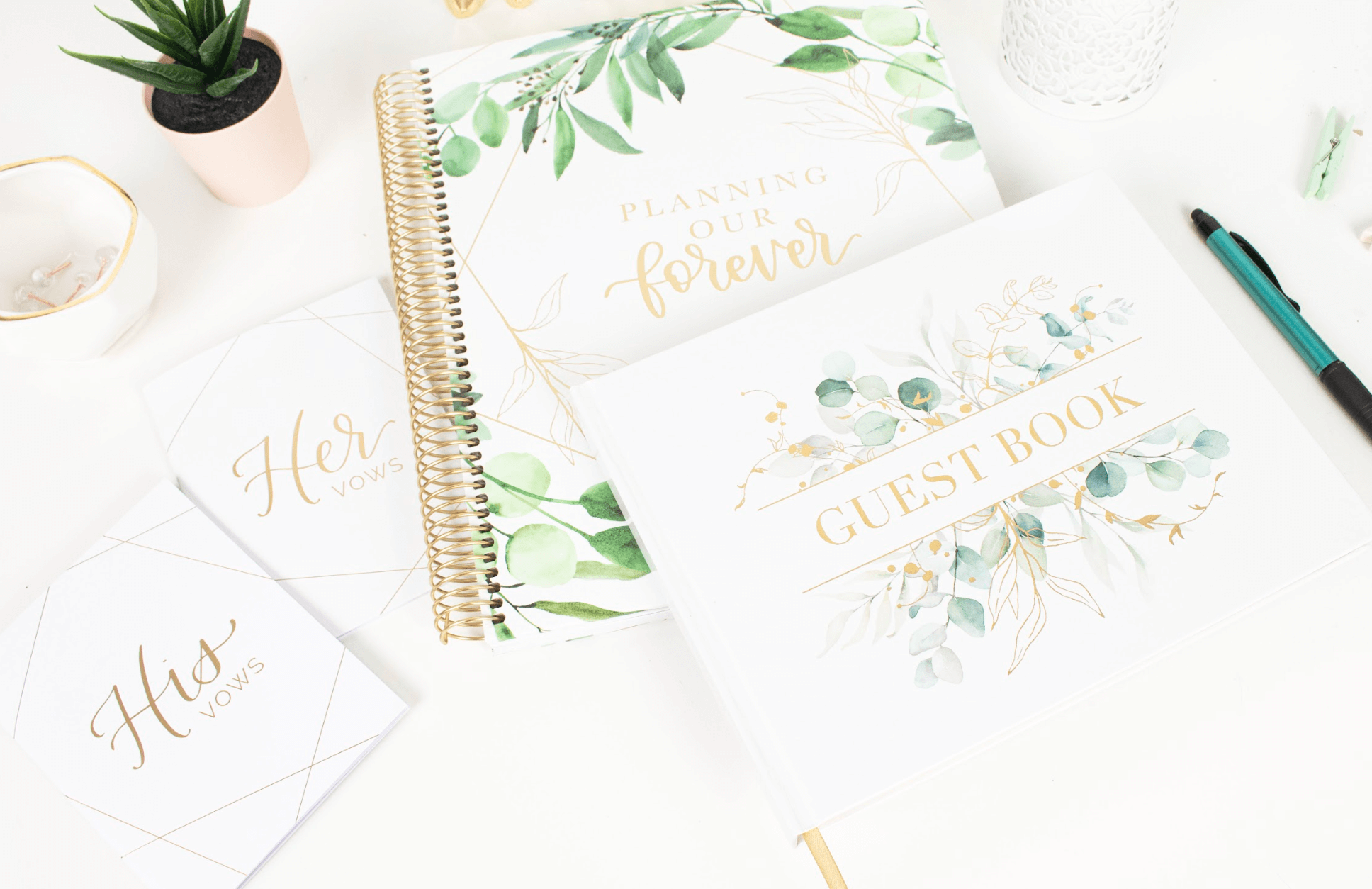
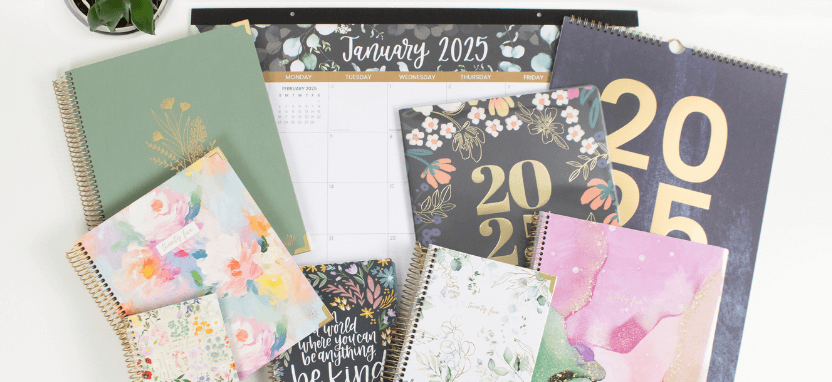
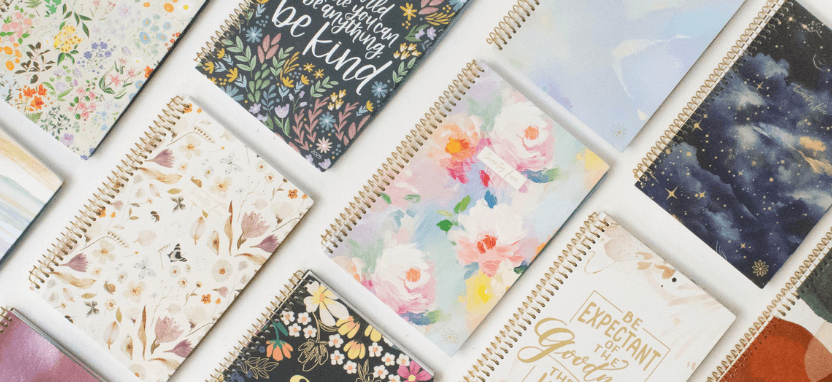
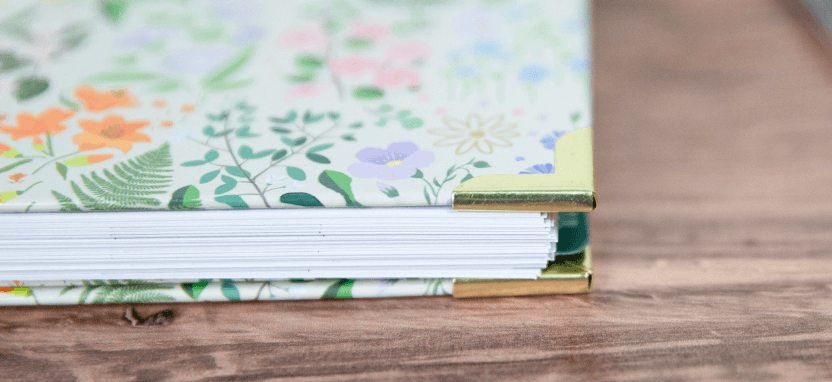
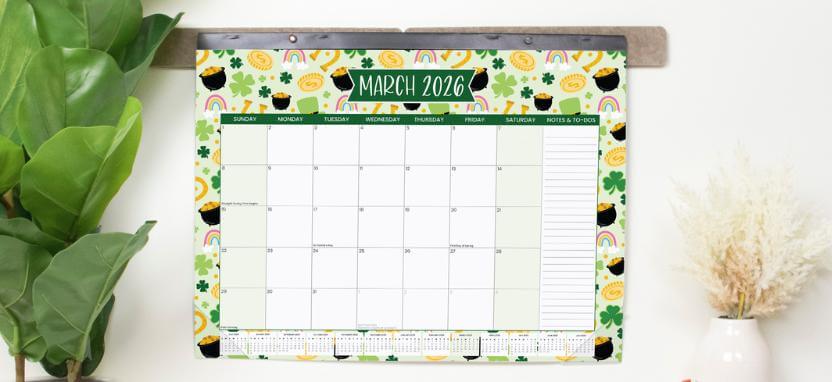

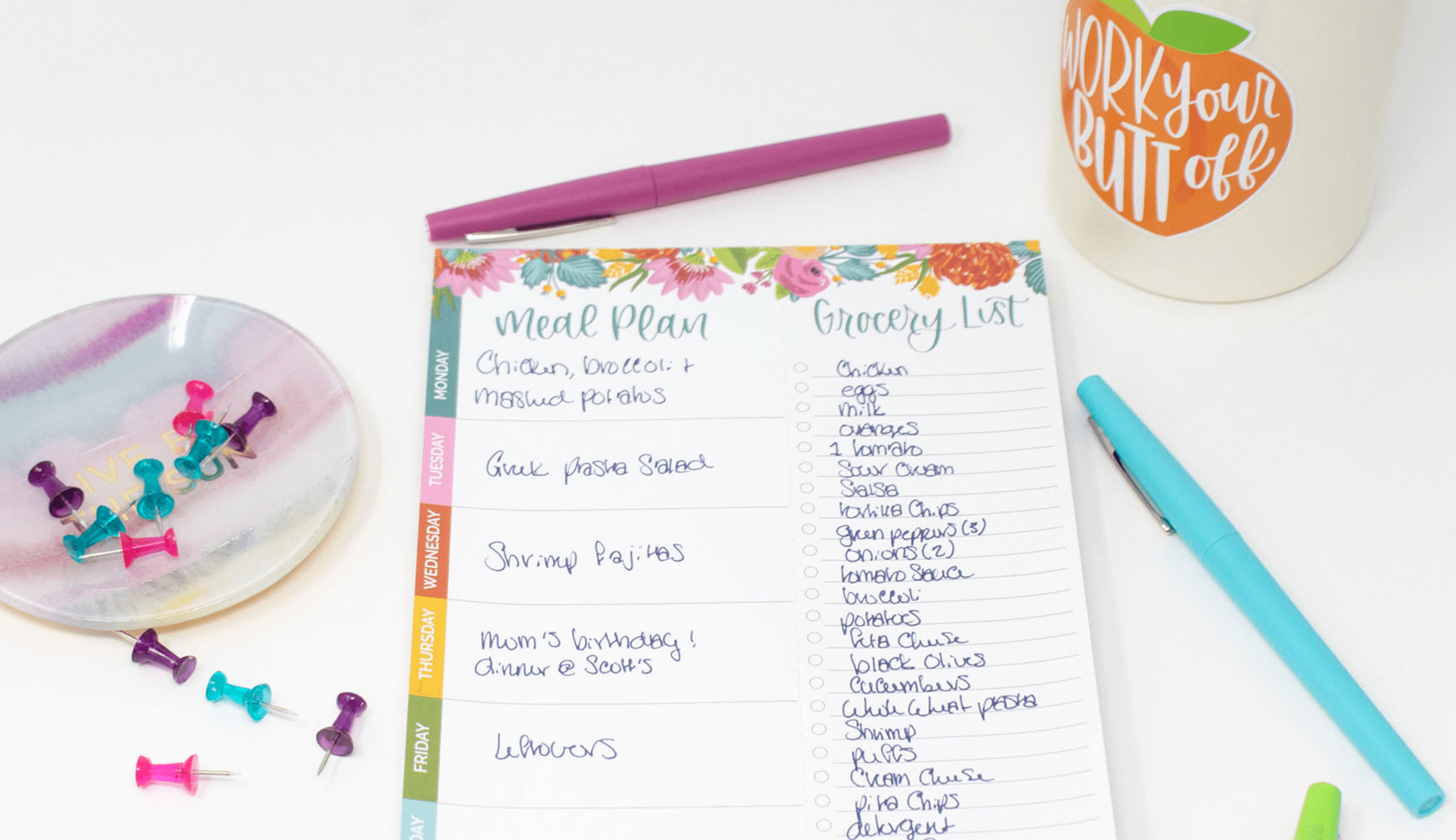

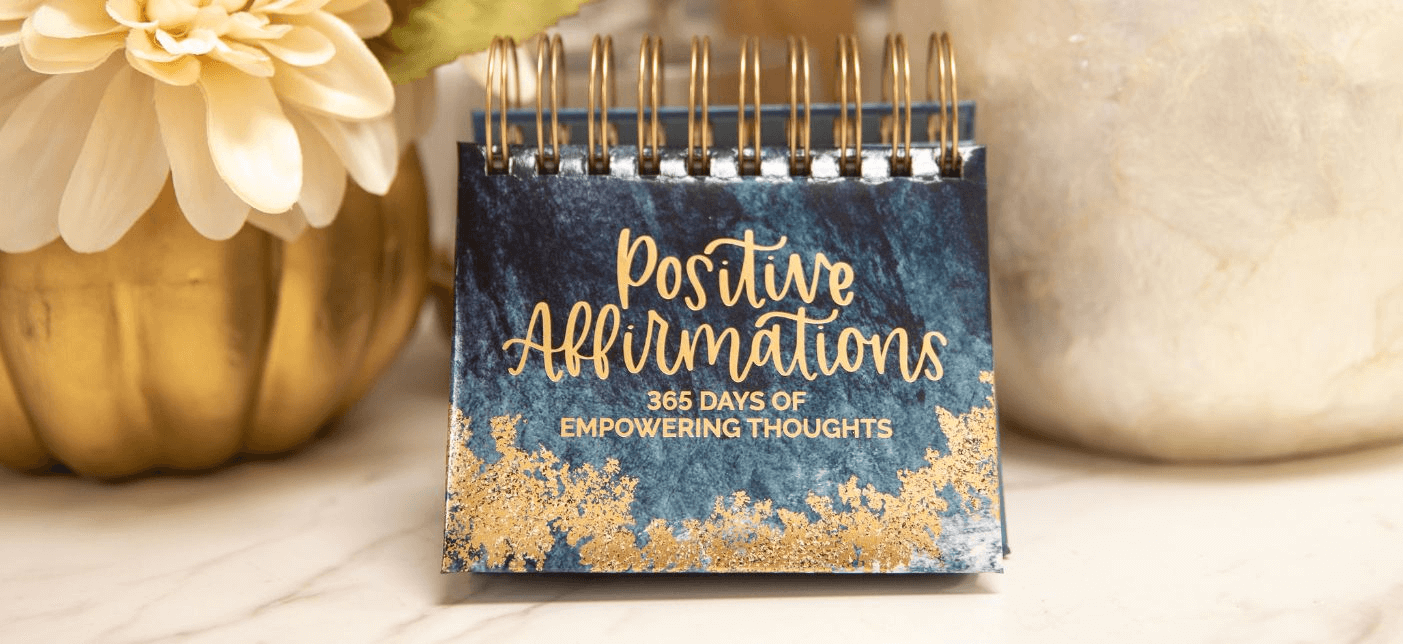
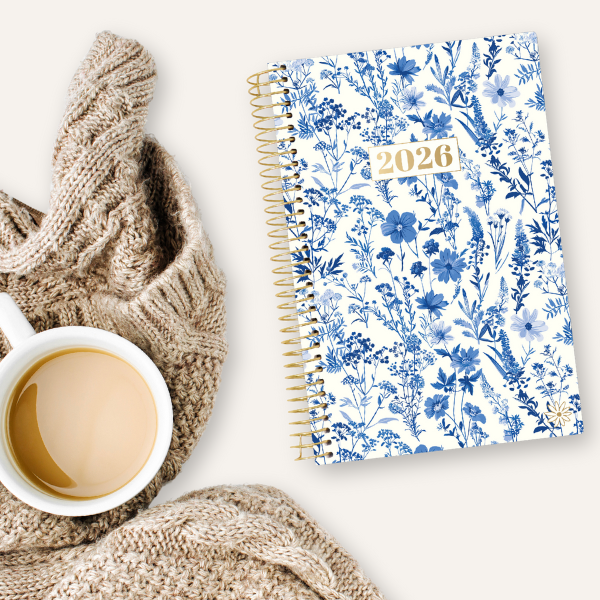

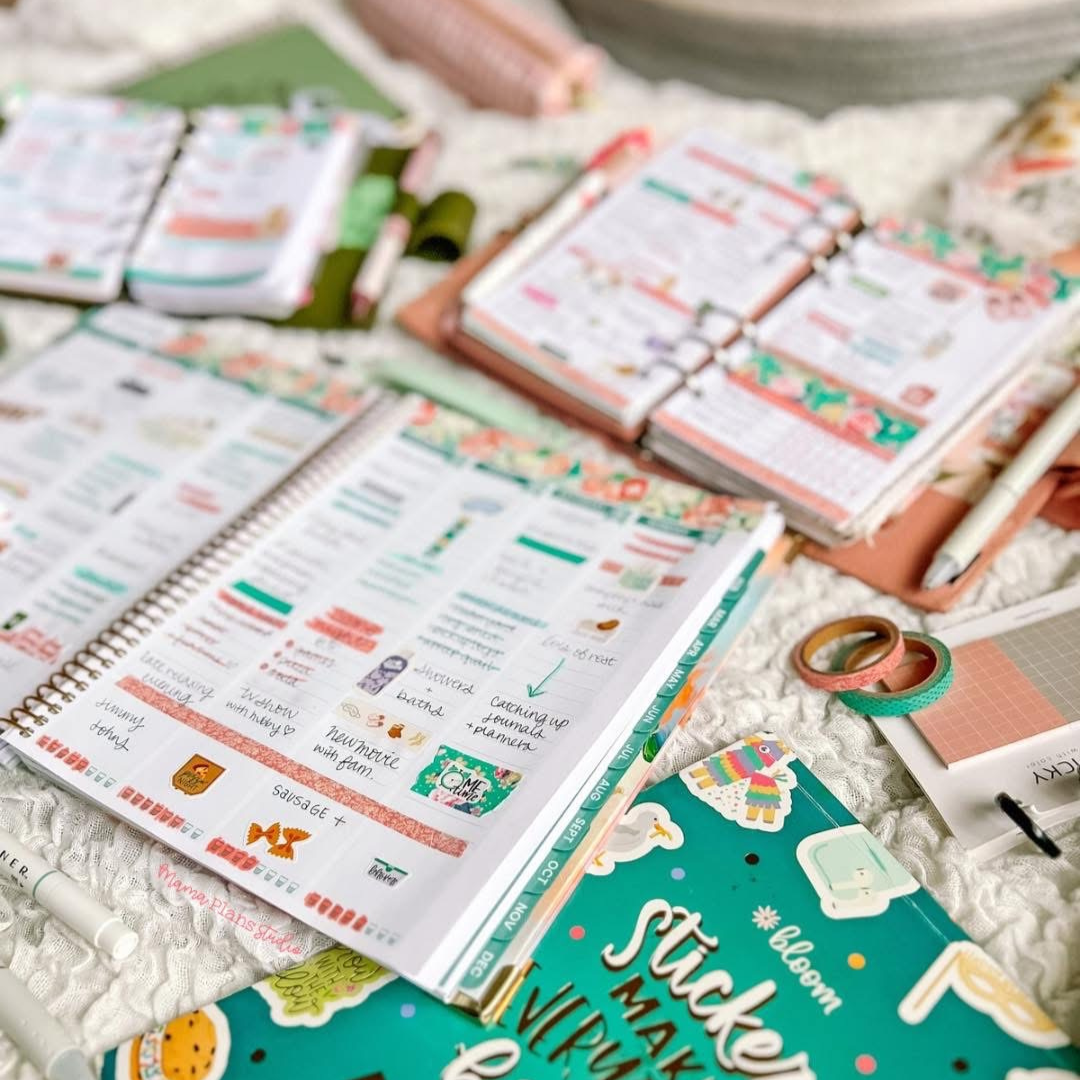
Leave a comment